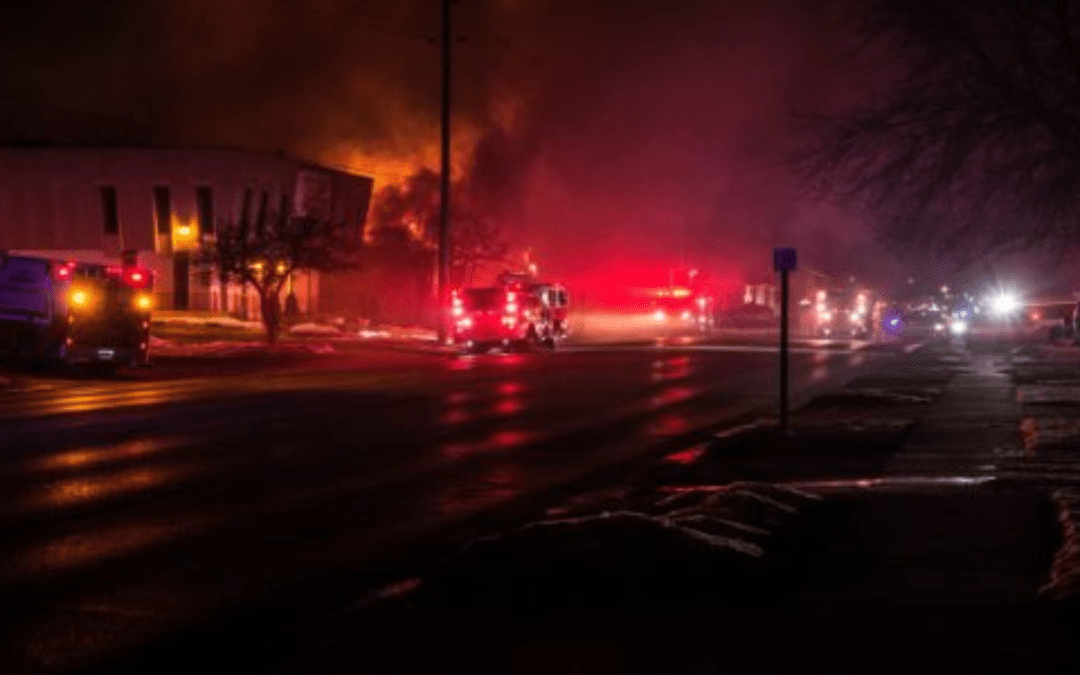INTRODUCTION:
A properly designed, installed, operated, and maintained fire alarm system can reduce the losses associated with an unwanted fire in any building. These losses include property and, more importantly, human life.
The primary components we will examine are
1. Fire alarm systems,
2. Fire detection and notification systems,
3. Suppression agents and systems,
4. Water distribution systems,
5. Automatic sprinkler systems,
6. Standpipe and hose systems,
7. Portable fire extinguishers.
This module will cover a lot of basic material meant to provide the novice inspector with a solid foundation on which to build. As was said in the earlier modules, it is only the beginning.
Lighting and HVAC systems account for up to 75% of total energy consumption. As a result, any design option that lowers the cost of these systems is always preferred. Variable refrigerant flow systems and LED lighting may help reduce expenses, but optimizing the building itself would be more effective.
TWO TYPES OF FIRE PROTECTION SYSTEMS:
The main role of a fire protection system is to detect fire and prevent the fire from spreading.
In advance system, also report where the fire is occurring to the authorities.
The following two types of the fire protection systems.
1. Passive Fire Protection (PFP)
Passive fire protection (PFP) is components or systems of a building or structure that slow or impedes the spread of the effects of fire or smoke without system activation, and usually without movement.
2. Active Fire Protection (PFP)
Active fire protection systems include hoses, water spray, deluge, sprinklers, firewater monitors, and steam rings around flanges. In most cases the principal firefighting medium is water. However, other agents such as carbon dioxide can also be used.
Tips to help prevent fire
Install smoke alarms on every level of your home, inside bedrooms and outside sleeping areas. Test smoke alarms every month. If they’re not working, change the batteries. Talk with all family members about a fire escape plan and practice the plan twice a year.
1. Install Smoke Alarms
2. Plan Your Escape From Fire
3. Keep an Eye on Smokers
4. Cook Carefully
5. Give Space Heaters Space
6. Matches and Lighters are Tools Not Toys
7. Stop, Drop, and Roll
8. Use Electricity Safely
9. Crawl Low Under Smoke
10. Install Home Sprinkler Systems
Why is Fire safety important?
- The main advantage of a fire protection system in a building is in the long run, it saves money by reducing insurance premiums for the insurance of the premises where it is installed.
- Think of a business and what investments are made in manufacturing equipment, hardware, information technology, and other infrastructure.
- If a fire hazard operates for a significant period of time, it could cast a company to immense lose valuable clients and projects.
- For example, for an Information technology company that manufactures parts, if their office is affected by a fire hazard and shuts down for a long period, the organization will suffer a huge loss, where infrastructure equipment may need to be replaced and valuable client contracts could be lost.
Brunswick Engineering has been offering Mechanical, Electrical, Plumbing & Fire Protection Engineering design services to both public & private sectors. Registered Professional Engineers in the state of NJ, NY & PA, as well LEED Accredited Professionals, Design Engineers, and CAD Draftsmen/Technicians.

